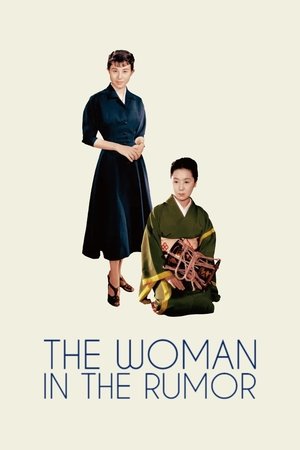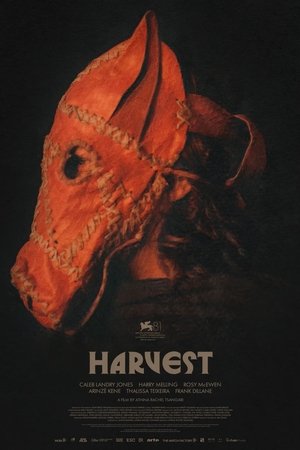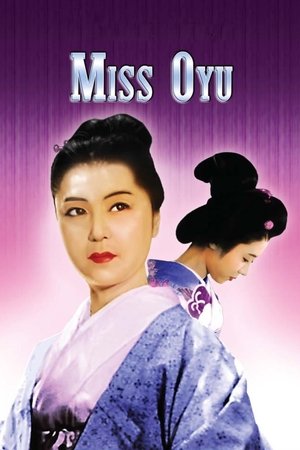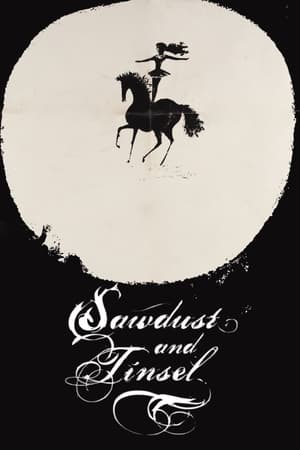The Woman in the Rumor (1954)

| Director | Kenji Mizoguchi |
| Cast | Bontarō Miake, Chieko Naniwa, Eitarō Shindō, Fumihiko Yokoyama, Haruo Tanaka |
| Year | 1954 |
| Country | Japan |
| Genres | Drama |
| Duration | 84 min |
| Release | 20 Jun 1954 |
| Language | 日本語 |
| Revenue | N/A |
| Trailer | Watch Trailer |
Synopsis
After living a traumatic experience in Tokyo, Yukiko returns to Kyoto, where Hatsuko, her mother, runs a brothel, which upsets Yukiko very much.
Upon enduring a traumatic experience in Tokyo, Yukiko returns to her hometown of Kyoto, where she is confronted with the unsettling reality of her mother Hatsuko’s occupation. Hatsuko runs a brothel, a fact that Yukiko finds deeply upsetting, setting the stage for a poignant and intricate narrative. This is the premise of the 1954 Japanese drama film “The Woman in the Rumour,” a cinematic masterpiece directed by the acclaimed filmmaker Kenji Mizoguchi. Known for his exploration of women’s roles in society, Mizoguchi crafts a compelling story that delves into themes of family, societal expectations, and personal redemption.
The film, originally titled “Uwasa no Onna” in Japanese, is a quintessential example of Mizoguchi’s ability to portray complex female characters with sensitivity and depth. It paints a vivid picture of post-war Japan, capturing the socio-cultural dynamics of the time. As Yukiko grapples with her mother’s profession, the film explores their strained relationship and the broader societal implications, raising questions about dignity, duty, and personal freedom.
Rated 7.5/10 on IMDb, “The Woman in the Rumour” is both critically acclaimed and adored by audiences for its nuanced storytelling and evocative cinematography. The film’s success is attributed not only to Mizoguchi’s visionary direction but also to the stellar performances by the cast. Kinuyo Tanaka, a frequent collaborator of Mizoguchi, delivers a powerful performance as Hatsuko, showcasing the character’s strength and vulnerability. Yoshiko Kuga, who plays Yukiko, captures the turmoil and emotional conflict of a daughter caught between familial loyalty and personal values.
The supporting cast includes talented actors such as Eitarō Shindō and Kumeko Urabe, who enrich the narrative with their compelling portrayals. Their characters add depth to the story, providing insights into the lives of individuals navigating the complexities of a rapidly changing society. The film’s genre, a blend of drama and social commentary, is characteristic of Mizoguchi’s work, making it a timeless piece that continues to resonate with contemporary audiences.
Kenji Mizoguchi, known for his meticulous style and attention to detail, uses visual storytelling to enhance the emotional gravity of the film. His direction allows viewers to immerse themselves in the characters’ world, evoking empathy and understanding. The film’s cinematography, marked by its elegant composition and subtle lighting, complements the narrative’s emotional depth, creating a visually arresting experience.
“The Woman in the Rumour” is more than just a film; it is a reflection on the societal norms that define and confine individuals, particularly women. It invites viewers to contemplate the often unspoken sacrifices made in the name of familial duty and societal acceptance. The film poignantly illustrates how the characters struggle to reconcile personal desires with the roles imposed upon them by tradition and circumstance.
For those interested in exploring this classic, more information about “The Woman in the Rumour” can be found at The Woman in the Rumor (1954) This film is an essential viewing experience for anyone interested in Japanese cinema, feminist narratives, or the exploration of human emotion through the lens of societal expectation.
In conclusion, “The Woman in the Rumour” stands as a testament to Kenji Mizoguchi’s legacy as a filmmaker who championed the exploration of complex female narratives. The film’s enduring appeal lies in its ability to provoke thought and evoke emotion, offering a glimpse into the challenges faced by women in a patriarchal society. Through its rich characters, compelling plot, and masterful direction, the film remains a significant work in the canon of Japanese cinema, continuing to inspire and engage audiences worldwide.
















